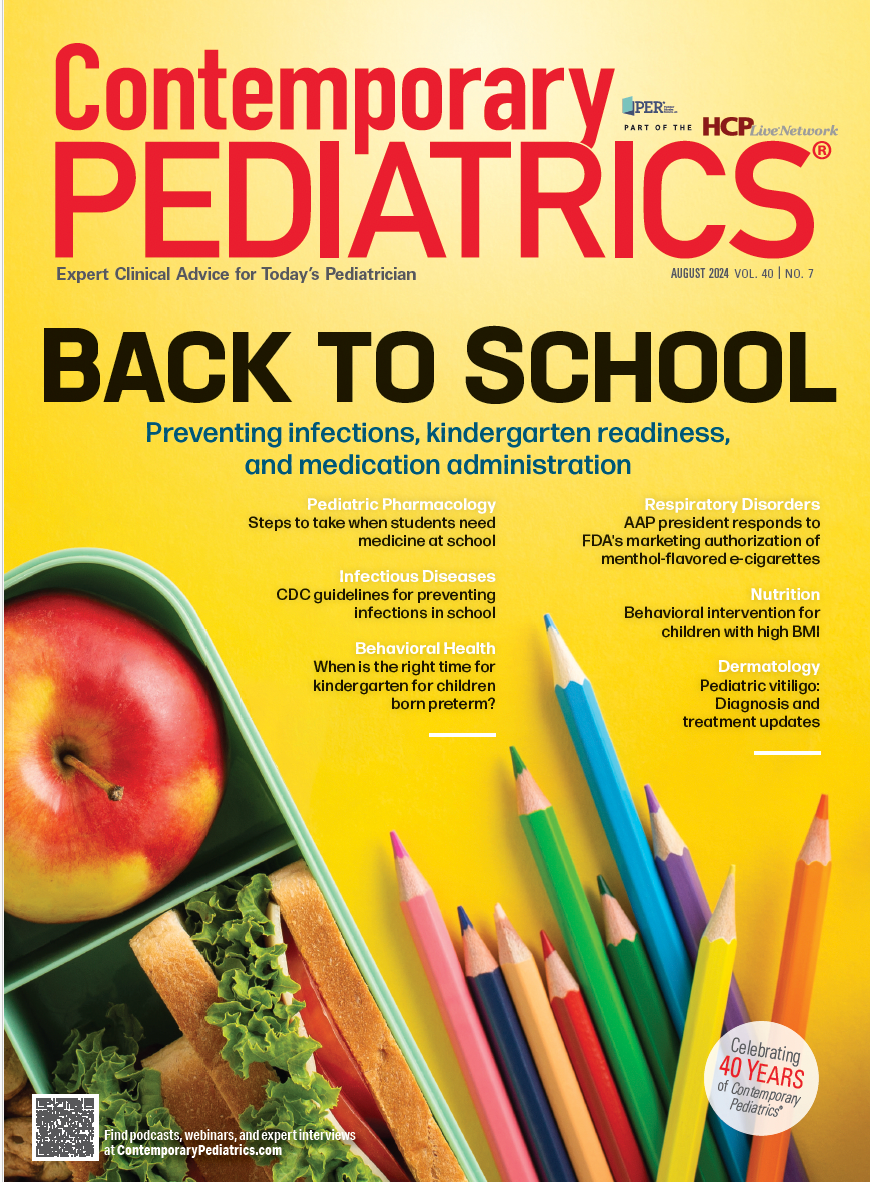Physical activity does not improve bone density in teens with JIA
Jon Matthew Farber, MD, offers quick thoughts on a recent study regarding bone health and activity among adolescents withJIA.
Physical activity does not improve bone density in teens with JIA | Image Credit: Contemporary Pediatrics

Background and findings
Adolescents with juvenile idiopathic arthritis (JIA) have a lower total body areal bone mineral density (aBMD) and bone mineral content (BMC) than their peers without JIA. However, although patients with JIA participate less in moderate-vigorous physical activity (MVPA) than their peers without JIA, their lower MVPA levels are not associated with these bone density differences, according to findings from a recent retrospective investigation. These were the chief findings in a study in 21 teens with JIA (14 female, 7 male) and 21 sex- and age-matched controls from 10 to 20 years of age. Oligoarthritis was the most prevalent type of JIA, followed by polyarticular arthritis and enthesis-related arthritis.
Investigators collected participant data on anthropometrics, disease activity, and functional performance in the 2 groups, along with physical activity measured with accelerometry. Of the JIA group, approximately 80% used at least 2 different classes of arthritis medications. Participants with JIA had lower unadjusted aBMD and height-for-age Z-score (HAZ) aBMD than their peers. Nonetheless, HAZ BMC was within the normal range for all participants.
Although participants with JIA engaged in substantially less MVPA than those in the control group, investigators did not find a relationship between physical activity and bone outcomes. However, they observed that teens who had more lean mass also had greater bone accrual.
THOUGHTS FROM DR FARBER
Don’t let skimming an article change your approach to patients with JIA. Although the aBMD and HAZ BMC scores in these patients were “significantly” lower than those in their peers, they were still almost all normal. Furthermore, exercise (which still should be recommended) did not help. The bottom line is that I don’t see a reason to order bone scans in this population.
Reference:
Vasil E, Nesbitt CM, Toomey C, et al. Bone health and physical activity in adolescents with juvenile idiopathic arthritis: a cross-sectional case-control study. Pediatr Rheumatol Online J. 2024;19:22(1):45. doi:1186/s12969-024-00982-4

Newsletter
Access practical, evidence-based guidance to support better care for our youngest patients. Join our email list for the latest clinical updates.